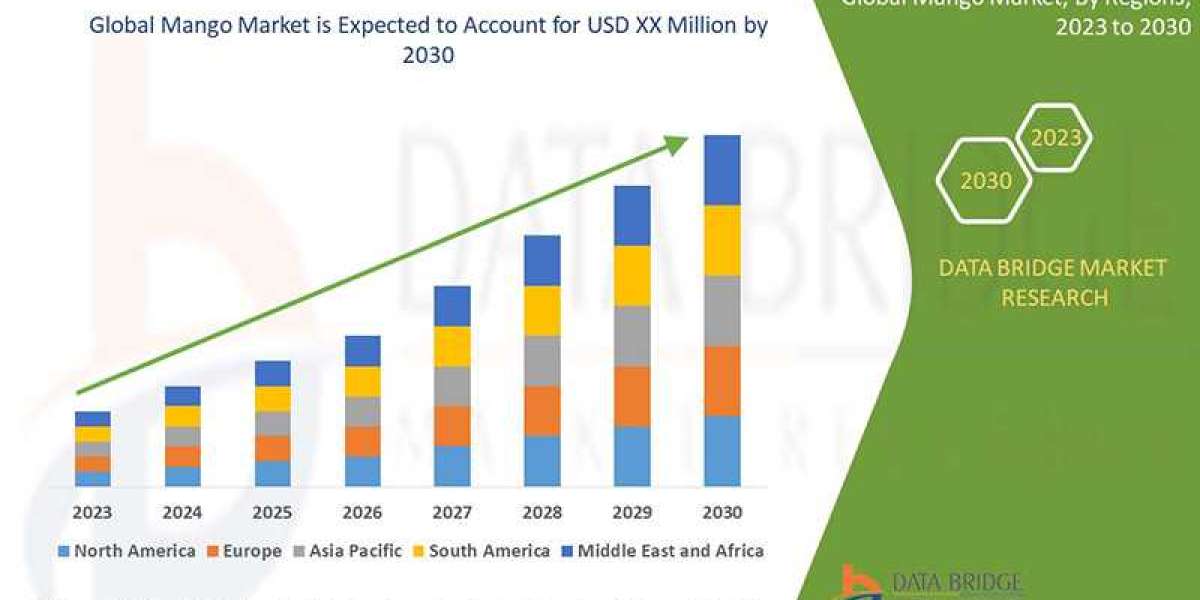Lymphatic filariasis, commonly known as elephantiasis, is a debilitating neglected tropical disease caused by parasitic worms transmitted through the bites of infected mosquitoes. It affects millions of people worldwide, primarily in tropical and subtropical regions, leading to chronic and disfiguring symptoms such as lymphedema, elephantiasis, and hydrocele. The impact of lymphatic filariasis extends beyond physical health, with significant social, economic, and psychological burdens on affected individuals and communities.
The lymphatic filariasis market encompasses a range of interventions aimed at preventing, diagnosing, and treating the disease, as well as addressing its broader socio-economic impacts. One of the primary strategies for controlling lymphatic filariasis is mass drug administration (MDA) of preventive chemotherapy, which involves the distribution of antiparasitic drugs to entire at-risk populations. Drugs such as albendazole, ivermectin, and diethylcarbamazine (DEC) are used in combination to target the microfilariae (larval stages) of the parasite, thereby interrupting transmission and reducing the burden of infection.
In addition to preventive chemotherapy, efforts in the lymphatic filariasis market focus on improving vector control measures to reduce mosquito populations and prevent transmission of the parasite. This includes the use of insecticide-treated bed nets, indoor residual spraying, environmental management, and community-based interventions to minimize mosquito breeding sites and prevent bites.
Furthermore, the lymphatic filariasis market encompasses initiatives aimed at improving diagnosis and treatment for individuals already infected with the parasite. Diagnostic tools such as antigen detection tests and molecular techniques enable early detection of infection, allowing for timely intervention and treatment. Treatment options for lymphatic filariasis include antiparasitic drugs to clear existing infections, as well as supportive care and management of complications such as lymphedema and hydrocele.
Despite significant progress in the lymphatic filariasis market, challenges remain in achieving global elimination targets and addressing the socio-economic determinants of the disease. Limited access to healthcare services, inadequate infrastructure, and sociocultural barriers hinder effective implementation of control programs in endemic regions. Moreover, the emergence of drug resistance and the potential impact of climate change on vector distribution pose additional challenges to disease control efforts.
However, there is cause for optimism in the lymphatic filariasis market, with increasing political commitment, innovative research, and collaborative partnerships driving progress towards elimination goals. Initiatives such as the Global Programme to Eliminate Lymphatic Filariasis (GPELF), launched by the World Health Organization (WHO) in 2000, have mobilized resources, raised awareness, and strengthened health systems to combat the disease. As efforts continue to scale up interventions, enhance surveillance, and address underlying determinants of lymphatic filariasis, the prospect of eliminating this devastating disease becomes increasingly achievable, offering hope for a healthier and more equitable future for millions of people worldwide.



